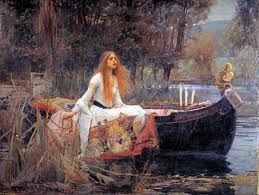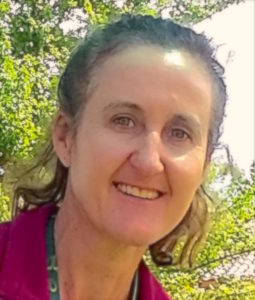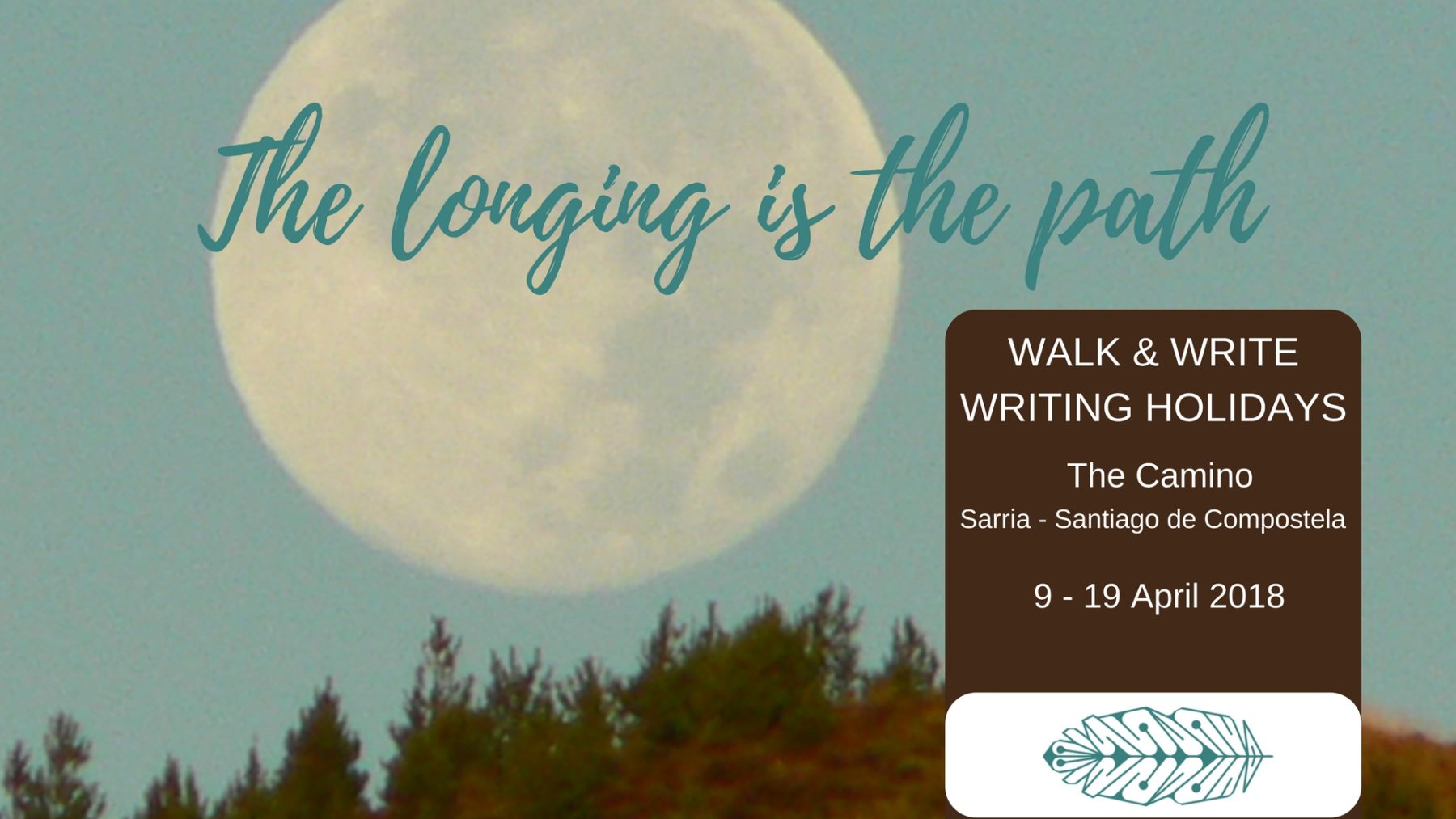
02 Jan ROAD OUT OF TIME: Walking with the Shadow
The Camino Frances snakes across the entire north of Spain. If you choose this Way you will walk westward, with the sun at your back, for five or six weeks. You are never alone, as your shadow falls ceremoniously on the path before you.
It is a wonderful sight to behold!
Psychologist Carl Jung believed the shadow to be the dark parts of ourselves; the parts we hide, push down and repress. He wrote: ‘Until you make the unconscious conscious, it will direct your life and you will call it fate.’
Walking the Camino, literally and figuratively, allows us to meet our own shadow. We have time for personal reflection and our inner journey becomes as significant as the landmarks we pass. There may be days when wells of sorrow arise. There may be days when the fires of anger burn. The shadow can be an unbridled force and if it grows too large, or has been untended for too long, it can be a toxic presence.
The mythical Lady of Shalott is half alive as and sits in a tower weaving images on to a loom. Her only view of the world is a mirror’s reflection. As Tennyson famously pens: ‘I am half sick of shadows, said The Lady of Shalott’.
Medieval Christians walked the pilgrimage to the cathedral of Saint James to absolve their sins. They would have journeyed with their shadow, on rough roads which were often plagued by thieves and bandits. If these brave pilgrims survived the many hardships and dangers, they would walk back towards the east. The entire journey sometimes took two years. Pilgrims left their shadow as they walked home, guided by the sun and protected by their God. They would carry a scallop shell, collected from the north-western shore of Finesterre as a sign of their accomplishment.
Before the Roman Empire and the rise of Christendom, indigenous Europeans inhabited Europe. Celts understood seasons and cycles and were attuned to electromagnetic energy from the earth and astral bodies. A significant pilgrimage for Celts was to the Costa da Morta (coast of death), to behold the dying sun.
This was the same area that medieval Christians visited after confessing their sins in Santiago de Compostela. Finesterre arises from Latin, Finis Terrae, meaning ‘end of the earth’; it also contains the Indo-European root ‘ster’, which means star. For Celts, Finesterre represented the spirit-world that stretched across the Atlantic Ocean on the northwest coast of Spain. It was called Tir-na-nog, where Druids performed sacred ceremonies and Ovates, female shamans, offered healings and prophecy.
Today, pilgrims stand at the edge of the earth in Finisterre to watch their shadows fall into the ocean. They see the sky change from dusky pink to yellow-orange and indigo rose. Night becomes the agent of initiation and, for the wandering pilgrim, a new day.
A new beginning.
Walking the Camino is not a cure-all nor a path that gives instant enlightenment. It can, however, take you to places of personal insight where the shadow is not a separate and sabotaging force.

Road Out Of Time is a regular Walk & Write blog about the spiritual, mystical and religious significance and traditions of The Camino de Santiago de Compostela.
Sarah Blogg is a Camino scholar and pilgrim of life, who is drawn to share her research into and insights about the enigmatical pilgrim path across Spain.
While for many pilgrims The Camino is The Way of St James, for Sarah the ancient road is The Way of the Goddess.






